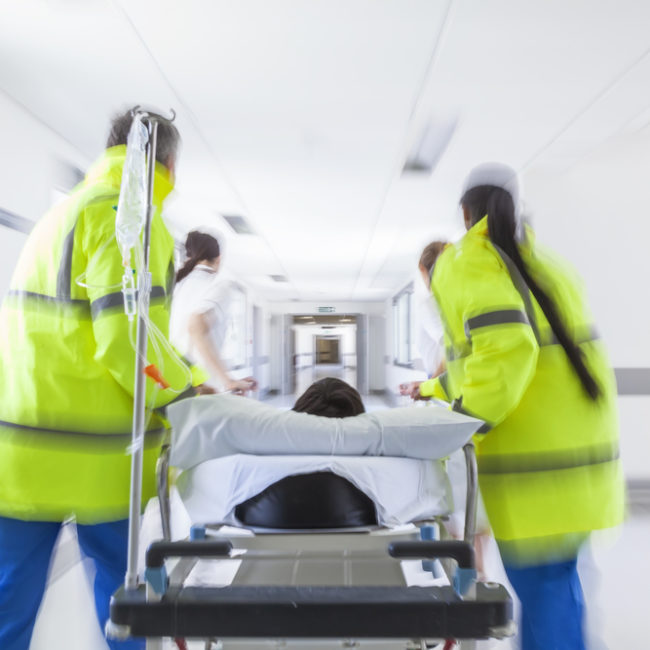Reaction of Emergency Services uPON Disasters in Queensland
Grant ID: EMLE-128R31-2019-WEBER
Project Summary
From a health perspective, a disaster overwhelms the normal operating capacity of a health service, where an outside health response is required to restore and maintain the normal day-to-day health services and standards of care for the disaster-affected community. The Australian healthcare system is tested annually with disasters of a conventional nature (e.g., floods, cyclones, bushfires), however, the Australian healthcare system has not been recently tested by non-conventional disasters such as Chemical, Biological, Radiological, Nuclear, and explosive (CBRNe) disasters. As a result, the ability to determine the healthcare system response is difficult. Further, there is no research specific to the Australian emergency department’s capacity for disaster response in CBRNe events.
This study addresses this gap. We will use a mixed methods approach to undertake two discrete, yet related studies. Study 1 involves undertaking surveys with key emergency disaster personnel from seven Queensland hospitals to describe the capacity of hospital emergency care services ability to respond following a CBRNe disaster. Study 2 includes undertaking focus groups with key clinicians and leaders from the participating sites to identify and explore enablers and barriers within emergency care services to provide CBRNe disaster response. Findings from these studies will provide an evidence base regarding the capacity for several Queensland emergency departments, located in metropolitan, regional and rural settings, to respond to disasters.
Outcomes
The survey data indicated that over the previous 12 months, each site reached operational capacity on average 66 times and that capacity to respond and create additional emergency, intensive care, or surgical beds varied greatly across the sites. In the previous 12 months, only 2 sites reported undertaking specific hospital-wide training to manage a CBRN disaster, and 3 sites reported having suitable personal protective equipment required for hazardous materials. There was a noted shortfall in all the hospitals’ capacity to respond to a radiological disaster in particular. Queensland hospitals are crucial to CBRN disaster response, and they have areas for improvement in their response and capacity to surge when compared with international preparedness benchmarks. CBRN-focused education and training must be prioritized using evidence-based training approaches to better prepare hospitals to respond following a disaster event.
Dissemination
Publication:
- Mackie, B.R., Weber, S., Mitchell, M.L., Crilly, J., Wilson, B., Handy, M., Wullschleger, M., Sharpe, J., McCaffery, K., Lister, P., Boyd, M., Watkins, N. and Ranse, J., 2022. Chemical, Biological, Radiological, or Nuclear Response in Queensland Emergency Services: A Multisite Study. Health Security, 20(3), pp.222-229. https://doi.org/10.1089/hs.2021.0214
Conference presentation:
- Mackie, B., Chemical, Biological, Radiological, or Nuclear Response in Queensland Emergency Services: A Multisite Study. Australian Tactical Medical Conference 2021. Brisbane 28-30 October 2021.
SHARE




